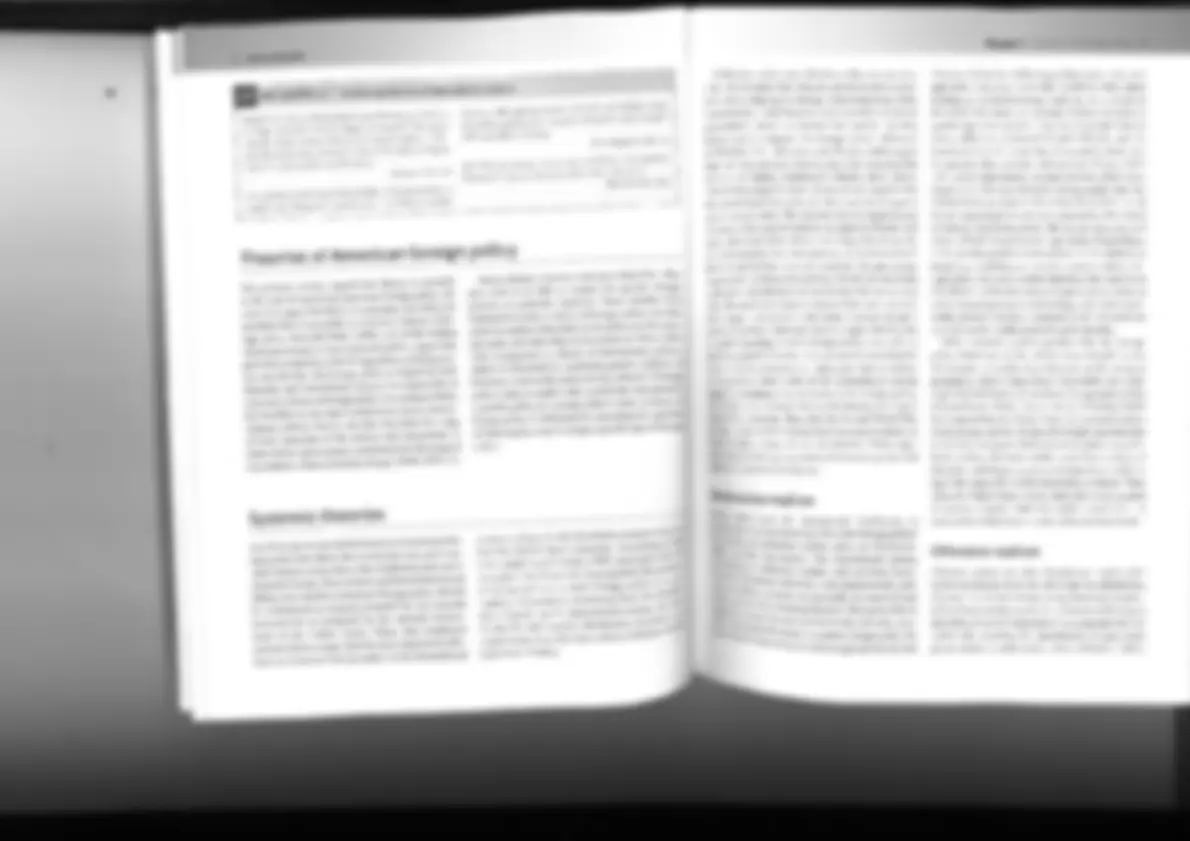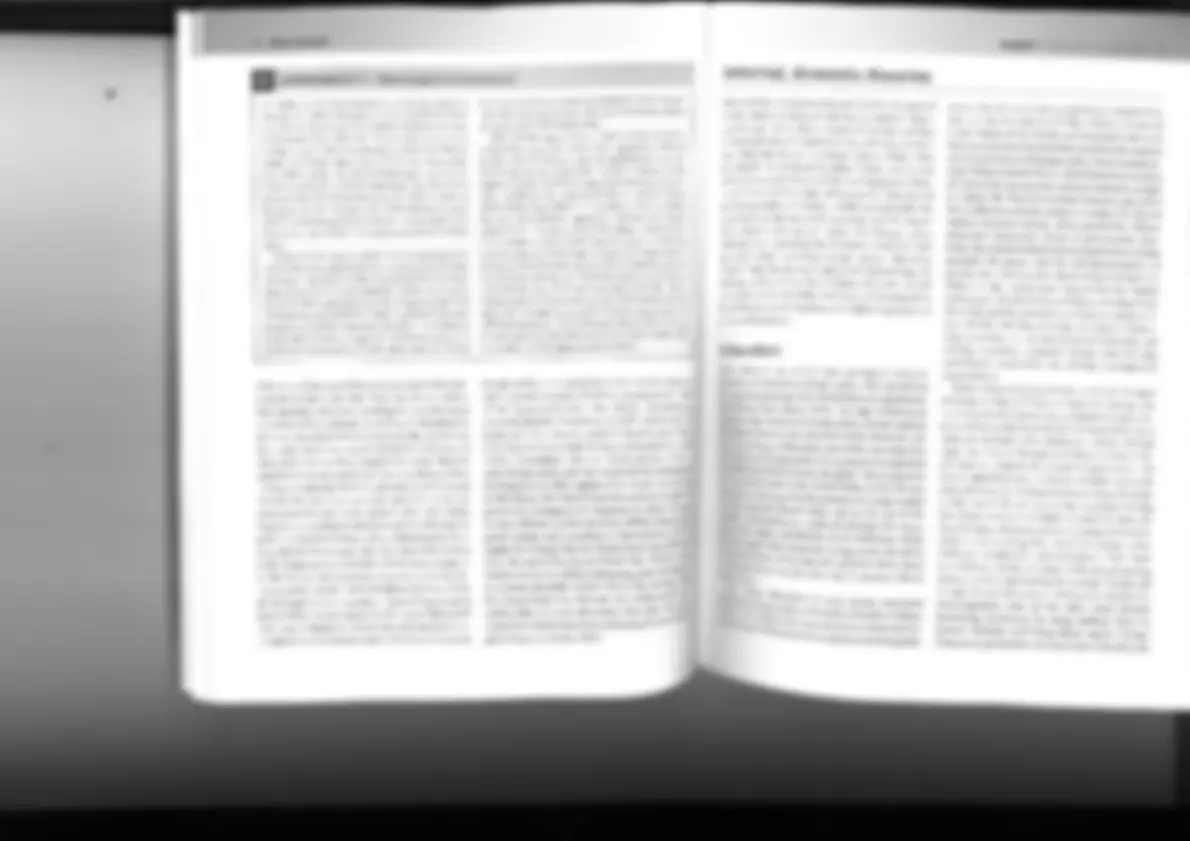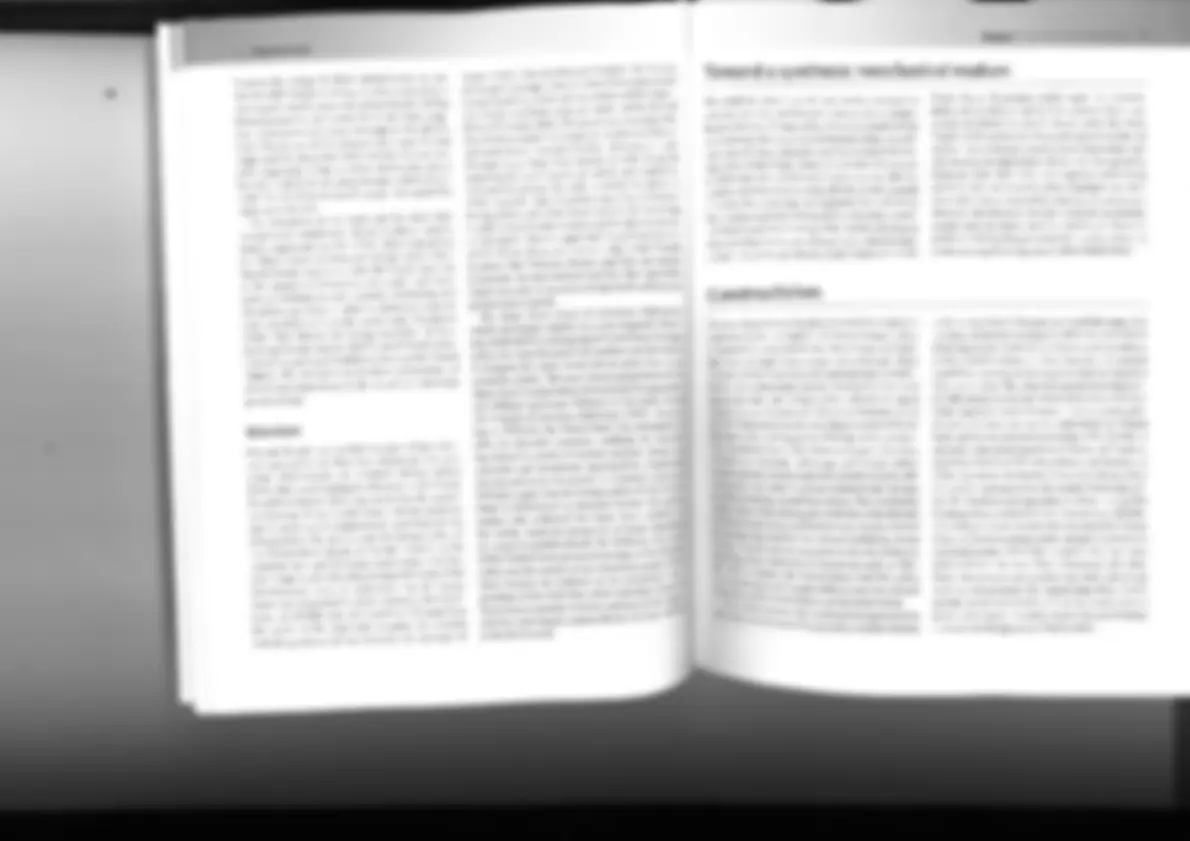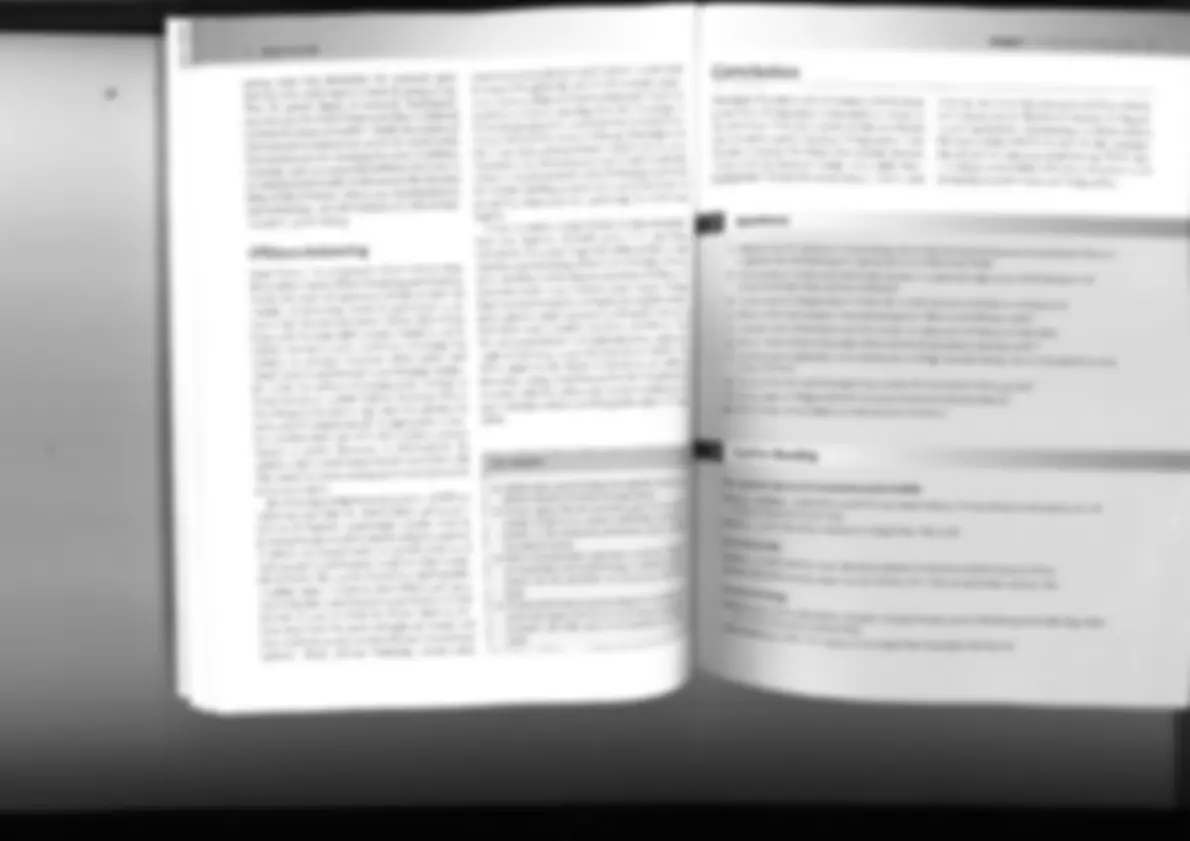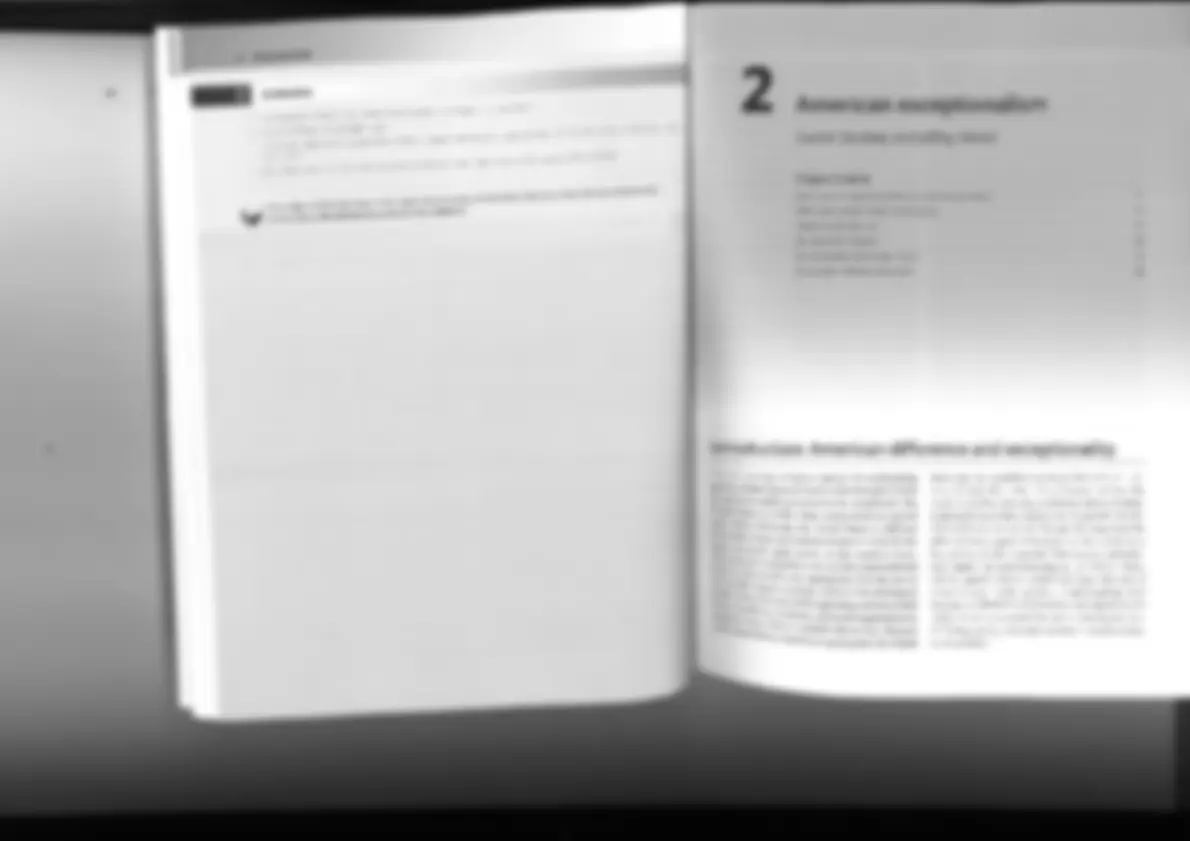Partial preview of the text
Download Theories of American foreign policy and more Lecture notes Political Science in PDF only on Docsity!
~é 4 Michael Cox and Doug Stokes the well-known truth that what the United States does abroad will be determined as much by facto the influence of interest groups, the role of i and the power of ideas—as it will be by external oppor- tunities and threats. It is perhaps too much ofa cliché to say that all politics is domestic and that all foreign policy merely a reflection of what happens domestically. But as many of the chapters here reveal, there js no Caine dividing the international from the internal, the global from the specifically local. "This is why the book hes com- missioned a number of original chapters to think about this large problem, one of which (by Michael Foley) deals squarely with the relationship between Congress and the President, a second (by Piers Robinson) assesses the impact of the media and public opinion on the making of US foreign policy, and yet a third (by Peter Trubowitz) advances the original claim that if we are to make sense home— itutions, wall of US foreign policy we should deconstruct the notion of the United States itself and assess its foreign policy as the by-product of shifling regional coalitions and not some eternal notion of what may or may’ not constitute the American national interest. Furthermore, as the Gowan and Stokes chapter reminds us, foreign policy is not merely a reflection of domestic politics but economic capabilities too, perhaps more se than ever in an increas: ingly globalized world economic system where power is nor only measured in terms of how many weapons ope might possess, but also by one’s ability to innovate and compele. Foreign policy can never be reduced to eco- nomics as some seem to believe. Butany study on US for- eign policy that ignored material power and economic pressures—which many more conventional lexts appear to do—would he seriousty incomplete in our view, espe cially in. the wake of the global financial crisis of 2008. ‘This does not mean however, that US power in its lotality cam be reduced to either military or economic power, and as the Nye chapter on soft power and the Obama admin- istration shows, the symbolisin of America is as impor- tant as its capacity to project ‘hard’ power across borders. ‘This brings ws then to the issue of perspective ot what ss sometimes referred to as ‘balance. As we suggested at the outset, US foreign policy over the past few years has heen the subject of intense political debate, Everybody it seems has an opinion on the United States, even, possi- bly especially, those who have never stadied the subject in any great depth. ‘his is not something that can be said ahout the many expert authors gathered together here. Many, it would be fair to say—Paul Rogers being amongst hen are entical of the way the Bush administration defined the war on terror. Some (including Brian Schmidt iv his chapter on theory) are also deeply concerned about the impact that Bash’s apparent abandonment of realist thinking in favour of dreams of empire will have on the United Stales and the world over the longer term. None of the authors, however, seeks either to denounce the United Slates ot cast it in the role of the worlds biggest ‘rogue state, in spile of its fairly abysmal record in one of the key challenges confronting the international sys- tem—global environment (a topic dealt with by Lickersley in her chapler). Still, having strongly held views, as all the authors here most obviously Jo, does not preclude them from seeking lo explore in depth how US foreign policy is made, why policy makers arrive at the decisions they do, and with what consequences. Indeed, it could be argued that only by approaching the subject with sufficient criti- cal distance is it possible to engage in any meaningful—~ and engaging-—way with their respective topics. Finally, the authors here all accept the self-evident fact that whatever one might think of the United States past, present, or future, 1 is simply too important to be ignored. As the different perspectives provided by Wol- forth, Brooks, and Layne show, there is a buge debate that continues to rumble on concerning the future of ‘American power and whether or not the US cant renvaln hegemonic for ever. ‘There is no easy answer to this very big question. Still, whether one is a radical critic, a com servative defender, liberal supporter, or of the opinion that American hegemony isa threat to world peace, itis absolutely vital to find out how the United States, with its vast national security apparatus, remarkably dynamic economy, complex array ofalliances, and highly expo! ble popular culture will shape what some are now calling a‘post- American’ world. During the seemingly predict able years before 1989, and the optimistic decade thal followed, the task of understanding the United Staté® was difficult enough. Jn the altogether different world we live in now with its political uncertainties and economic a one insecurities, it has become even more so, thus the ™ our vie as for a volume on such an important subject MOY ye Ideas we are often told matter a great deal. T But maierial facts like states matter so than the United States, whose poli much as its decisions in the past) are bound t0 ie as all: for good or ill, well into the twenty-fis cent” Se tu ciesin the fo og Theories of US foreign policy Brian Schmidt Chapter contents (introduction Theories of American foreign policy Systemic theories internal, domestic theories Toward a synthesis: neoclassical realism Constructivism The origins of the Cold War Grand strategy Conclusion Introduction ihe | ie coc some of the competing theories enc n put forth to explain American foreign BR ae to explain the foreign policy of the Palit caves 3S number of competing theories have ped by International Relations scholars. Some th heories focus i . son tl rale L i . tem in shapin, he role of the international @gue th: State; I sys- 2 Ameri 7 . y 2 me é r “ ican foreign policy while others ae Soe d ese factors inside the United i ing force. Sti Ne both titernal '8 force. Still others attempt to com- Bis a and internal sources, The chapter sietion lo some of the obstacles ing xe. a theory of : — B Section provid ney of foreign policy. The follow- eS a general survey of some of the toe nsttucting u 3 13 14 16 19 competing theories of American foreign policy. 'Ihe next eT turns ta the theoretical debate over Lhe ori- gins of the Cold War. ‘Ihe chapter concludes by examin- ing the debate over the most appropriate grand strate; that the United States should follow in the acai ‘War era, im __ ‘Ihe task of explaining American foreign policy is infinitely complex. Part of the difficulty arises from the fact that there are so many diverse factors at play that it is often difficult to determine the underlying reason for a given policy. President Obama's decision to withdraw from Iraq and commit additional troops and resources to the war in Afghanistan clearly reveals a complex array 
